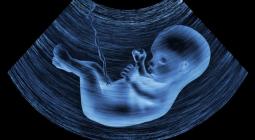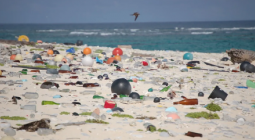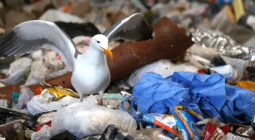It’s on our plates and in our poo, but are microplastics a health risk?
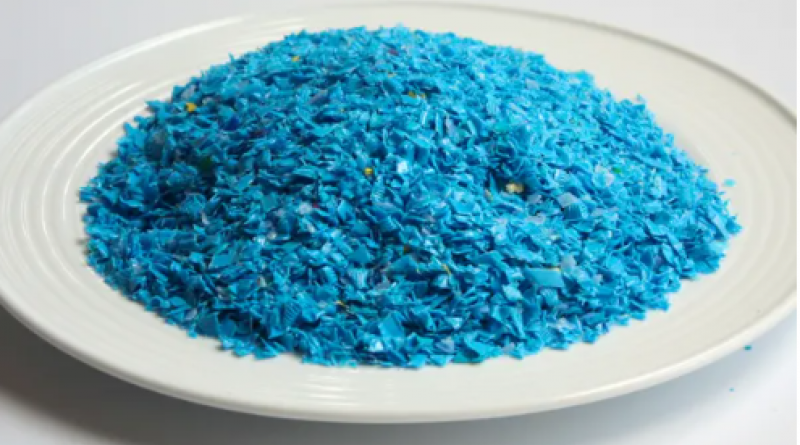
The omnipresent plastic is rife in dust, rice, placentas and tap water, but experts say it’s hard to untangle whether it’s harmful to humans.
As much as the idea might be unpalatable, all of our diets are now likely to include tiny servings of plastic.
The places where microplastics and plastic fibres have been found is beginning to read like a supermarket shopping list.
Studies have found microplastics – that is, pieces or fibres smaller than 5mm – in foods including tea, salt, seaweed, milk, seafood, honey, sugar, beer, vegetables and soft drinks. Tap water contains plastic. Bottled water contains even more.
Across our terrestrial and marine environments, microplastics have been found in most places where scientists have looked, including some of the most remote spots on Earth, threatening and, in some cases killing, wildlife.
But when it comes to the effect of omnipresent plastic on human health, what’s the risk?
“Nobody really knows the answer,” says Prof Mark Taylor of Macquarie University in Sydney and an expert on environmental contamination. “But the absence of evidence is not evidence of absence.”
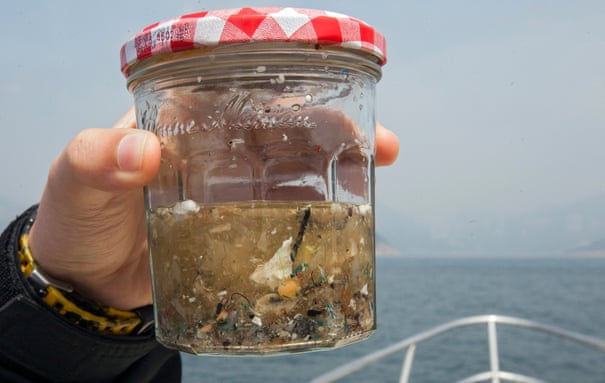
Rice riddled with microplastics
This week, a study of rice bought from supermarkets and a bulk-food store in Queensland became the latest to deliver a warning.
Researchers found plastic in every sample, whether the rice was grown in Thailand, India, Pakistan or Australia and whether the rice was packaged in plastic or paper.
Washing the rice reduced the amount of plastic likely to be ingested. But the study used special filtered water for rinsing. Most households only have access to tap water (which contains microplastics).
Precooked rice – the kind that comes in microwaveable sachets – had the most plastic. But the amounts are tiny.
The study says a 100g serve of rice typically contains 3.7mg of microplastics if it’s unwashed, 2.8mg if it’s washed or 13.3mg for instant rice (in the microwaveable pouches). A single grain of rice weighs roughly 30mg.
Dr Jake O’Brien, a lead author of the study from the Queensland Alliance for Environmental Health Sciences, says the higher levels of plastic in precooked samples was more likely down to the extra processing it goes through before it’s packaged, rather than the plastic packaging itself.
According to the study, there are multiple opportunities for rice to pick up plastics, from the soils to the machines used to pick, store, move and process the rice, to the packaging and handling.
For an average Australian’s rice consumption, this would equal about 1g a year of plastic.
O’Brien has also been finding levels of microplastics in prawns, oysters and sardines. He also took part in a study that found microplastics in the solid sludge left over at sewage works.
That sludge – known as biosolids – is widely used as a fertiliser and soil improver on agricultural land. Some scientists have asked if this process means agricultural soils are an unforeseen dump for domestic microplastics.
Our exposure to tiny pieces of plastic isn’t limited to what we drink or eat. A team from Macquarie University in Sydney took samples of airborne dust from homes and in a study released earlier this month found about 40% of it was plastic.
Microplastic is clearly making its way into our bodies because it has been found in human poo.
Scientists in Italy developed a plastic-free protocol in a hospital delivery room, and then examined placentas. They found microplastics there too.
Taylor, who carried out the dust study, says it would be “overreach” to say there are demonstrable effects on our health from ingesting microplastics, but he stresses this doesn’t mean future studies won’t find problems.
“It would be prudent and smart for people to reduce plastics in their home where that’s possible. Do we really need all those plastic food containers?”
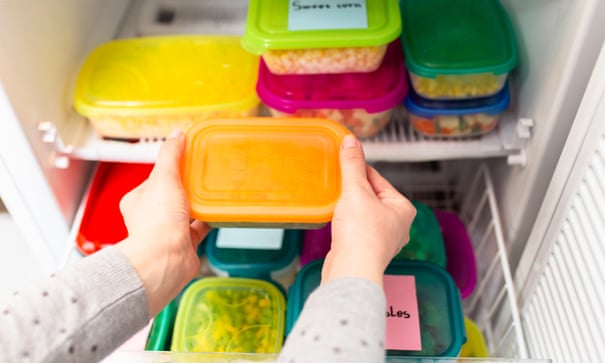
‘It is the dose that makes the poison’
Prof Ian Musgrave, a toxicologist at the University of Adelaide, says knowing if microplastics are harmful to humans is hard to untangle when we are exposed to so many other substances.
“It is enormously difficult because we live in an environment with lots of other things,” he says. “We have a saying though, that it is the dose that makes the poison.
“While we are consuming things that have tiny amounts of microplastics, we don’t absorb them. But because we can’t demonstrate damage, that’s not a reason to be casual.”
There are multiple studies showing microplastics are being ingested by marine animals, including seabirds and fish, but isolating the impact they have against all the other pollution and pressure they are exposed to is difficult.
Likewise, there are emerging studies reporting the effects of microplastics on laboratory mice, with some scientists suggesting if the dose is high enough, they can affect reproduction.
A 2019 study from German scientists examined 34 household plastic products – from shower slippers and fruit trays to yoghurt cups and scouring pads.
Many contained compounds that were toxic, but Musgrave says the products were soaked for an hour in an alcohol solution. That process doesn’t happen in the human body.
But he says dusty environments in general can be harmful, and fibres – whether from a plastic source or otherwise – can also cause respiratory problems.
He says plastics are having a major effect on marine environments and he is also concerned about the human health effects from particles of rubber and microplastics that come from tyre wear on roads.
“Tyre microplastics are very nasty,” he says.
A statement from Food Standards Australia New Zealand, a government body that sets standards and regulates food safety, said there was ongoing interest among scientists and the community about the potential health effects from microplastics in food.
“The scientific evidence on potential exposure and health risks continues to evolve, however, our current view is that plastic contamination of the food chain is unlikely to result in any immediate health risks to consumers.”
May 2021
The Guardian

